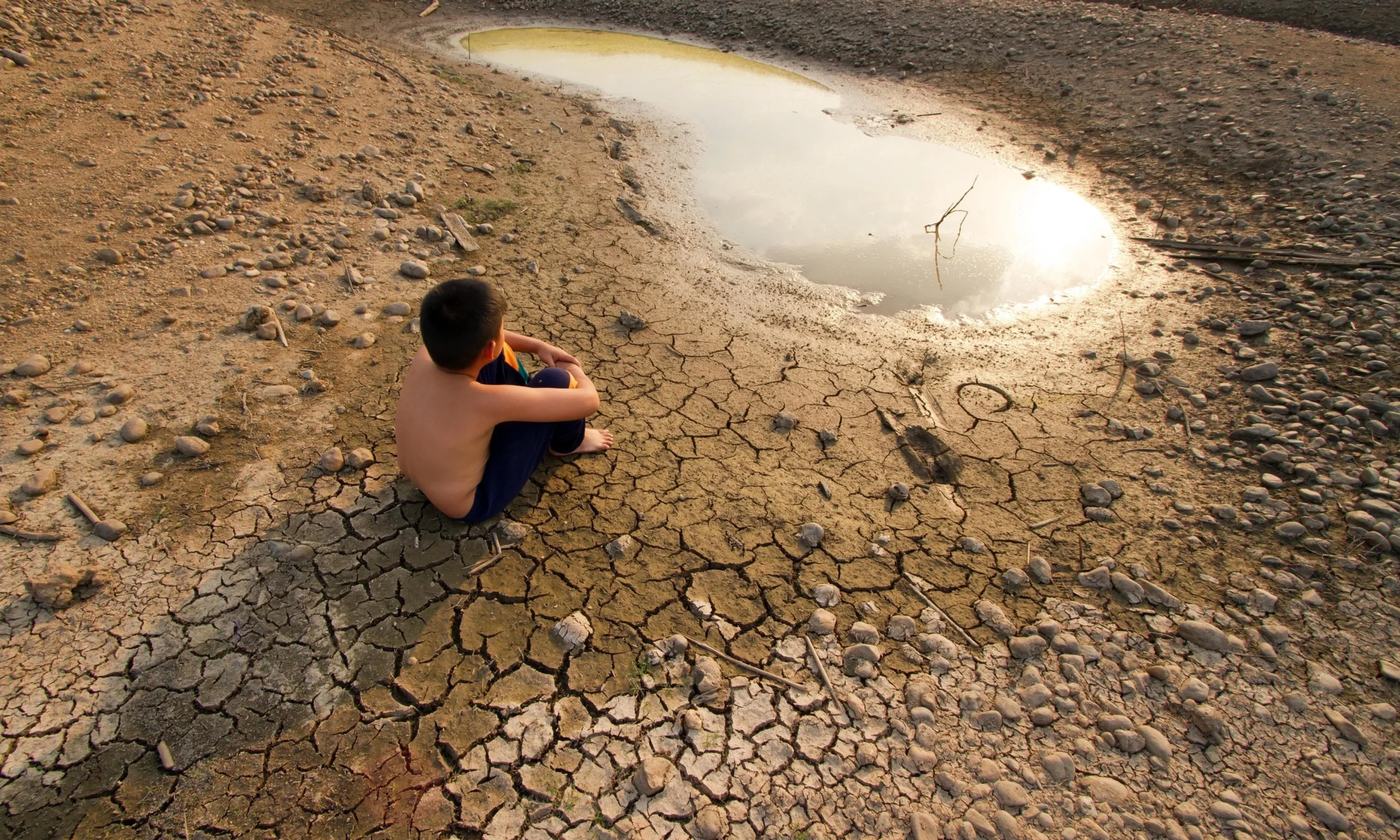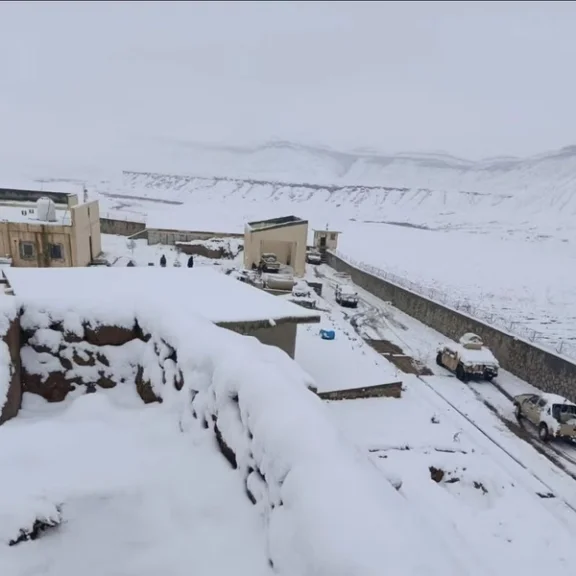For Pakistan, climate change is not a distant forecast; it is a catastrophic reality unfolding in real-time. The devastating monsoon floods of 2025, which have already displaced over two million people and echo the destruction of the 2022 disaster, are not an anomaly but a brutal confirmation of a new, volatile era. This crisis is defined by a profound paradox of injustice that Pakistan contributes less than 1% of global greenhouse gas emissions, yet it is consistently ranked among the world’s top ten most climate-vulnerable nations. This deep imbalance necessitates a paradigm shift in its international partnerships, particularly with the United States. Reimagining the US-Pakistan strategic relationship, traditionally anchored in security, through the lens of climate cooperation offers a vital and mutually beneficial pathway forward. A robust climate alliance can unlock the critical finance, technology, and policy support essential for Pakistan’s resilience while advancing core US strategic interests in regional stability and global climate leadership.
The Scale of the Crisis
The climate threat to Pakistan is a multi-faceted hydra, attacking its water resources, economy, and the very lives of its citizens. The country’s lifeline, the Indus River Basin, which supports over 90% of its agriculture, is fed by rapidly melting Himalayan glaciers. This phenomenon creates a perilous short-term surge in flood risk followed by the long-term specter of severe water scarcity, threatening the food and water security of millions.
This slow-moving crisis is punctuated by increasingly frequent and intense extreme weather events. The super-monsoon of 2025 is a clear example, part of a broader, alarming trend that follows the historic 2022 floods and deadly intervening heatwaves. Last summer witnessed record-high heatwaves in the region. The economic and human costs are staggering. Beyond the immediate destruction, these events decimate crucial crops like cotton and wheat, damage critical infrastructure, and lead to widespread displacement and public health crises as water-borne diseases spread.
These climate shocks do not occur in a vacuum. Their impacts are magnified by underlying domestic vulnerabilities. Decades of rapid, often unplanned urbanization have overwhelmed outdated drainage and water management systems. A consistently strained national economy limits the fiscal space for proactive investment in resilient infrastructure, creating a vicious cycle of disaster, recovery, and mounting debt that stifles long-term development. Without a fundamental change in approach, Pakistan is locked in a reactive posture, perpetually struggling to recover from one climate disaster before the next one strikes.
Rebuilding the Partnership Around Climate Action
For decades, the US-Pakistan relationship has been overwhelmingly defined by security interests, creating a partnership that is often transactional and subject to the volatile geopolitics of the region. While security remains a key pillar, this narrow focus is insufficient to address the most pressing existential threat Pakistan faces today. A strategic pivot toward climate cooperation offers a more durable, positive, and people-centric foundation for bilateral ties.
The framework for this shift already exists in the form of the US-Pakistan Green Alliance. Launched to focus on climate-smart agriculture, clean energy, and effective water management, the alliance is a crucial starting point. However, to meet the scale of the crisis, it must be elevated from a diplomatic initiative to a central pillar of the strategic partnership, backed by significantly increased funding and political capital. A Pakistan destabilized by climate-induced water shortages, food insecurity, and mass migration would have profound and negative consequences for regional security, a core US interest. Furthermore, by substantively supporting a frontline state like Pakistan, the United States can tangibly demonstrate its commitment to global climate action and strengthen its credibility as a leader, particularly with the nations of the Global South who are most at risk.
The Pillars of a Strengthened Climate Alliance
A transformed and effective climate alliance must be built on three actionable pillars: finance, technology transfer, and institutional capacity building.
Pillar 1: Unlocking Climate Finance
Pakistan cannot borrow its way to climate resilience. The primary focus must be on securing grant-based financing and advocating for innovative mechanisms like debt-for-climate swaps to avoid worsening the nation’s already significant debt burden. The US is uniquely positioned to help navigate the complex architecture of global climate finance, facilitating Pakistan’s access to major multilateral funds like the Green Climate Fund (GCF) and the Adaptation Fund. This must be complemented by robust bilateral support through bilateral channels, which can fund community-level adaptation projects and de-risk and encourage private sector investment in green infrastructure.
Pillar 2: Critical Technology and Knowledge Transfer
Financial aid alone is insufficient without the technology and expertise to build a genuinely resilient society. Cooperation should be targeted at Pakistan’s most vulnerable sectors. In agriculture, this means accelerating the transfer of US expertise in developing heat and drought resistant crop varieties, scaling up precision irrigation to conserve water, and promoting efficient soil and fertilizer management. In water governance, US technology can help implement AI-driven water management systems and use satellite monitoring to create more equitable and efficient water distribution. Finally, to support Pakistan’s clean energy transition, US technical assistance and private investment are crucial for modernizing the national grid, scaling up solar and wind projects to meet the country’s ambitious renewable energy goals, and boosting energy efficiency across its industrial base.
Pillar 3: Building Institutional and Policy Capacity
The final pillar is ensuring that these interventions are sustainable. This requires building Pakistan’s domestic institutional capacity. A key area for collaboration is the development of sophisticated climate modeling and real-time early warning systems for floods and heatwaves, empowering proactive disaster management that saves lives and resources. Establishing joint US-Pakistan research centers and expanding educational exchanges for scientists, engineers, and policymakers will create a durable foundation of shared knowledge and stronger people-to-people ties. This partnership should also extend to policy support, with the US providing technical assistance as Pakistan develops and implements a comprehensive National Adaptation Plan, ensuring climate considerations are integrated into every facet of its economic and development planning.
Also See: From Disaster to Resilience: Why Pakistan Needs Dams and Flood Canals
A Call for a Shared, Sustainable Future
Pakistan stands at a critical crossroads where decisive, well-supported climate action as a matter of national survival. The traditional paradigms of international relations are inadequate for this new reality. A robust climate partnership between the United States and Pakistan is a clear strategic win-win. For Pakistan, it offers a crucial lifeline to build a more resilient, stable, and prosperous future. For the United States, it represents a high-impact investment in regional stability and a tangible demonstration of its commitment to leading the global fight against climate change. However, realizing this potential requires consistent political will in both capitals. Any perception of a wavering commitment to climate action from the U.S. administration, for instance, could create political headwinds and complicate progress. Therefore, it is crucial that the foundations of this partnership are institutionalized through robust diplomatic and technical channels that can endure beyond short-term political cycles.






